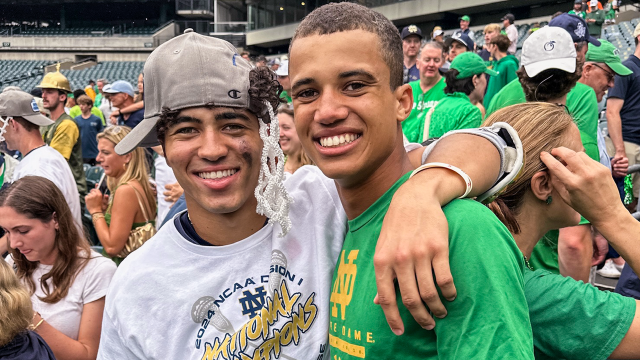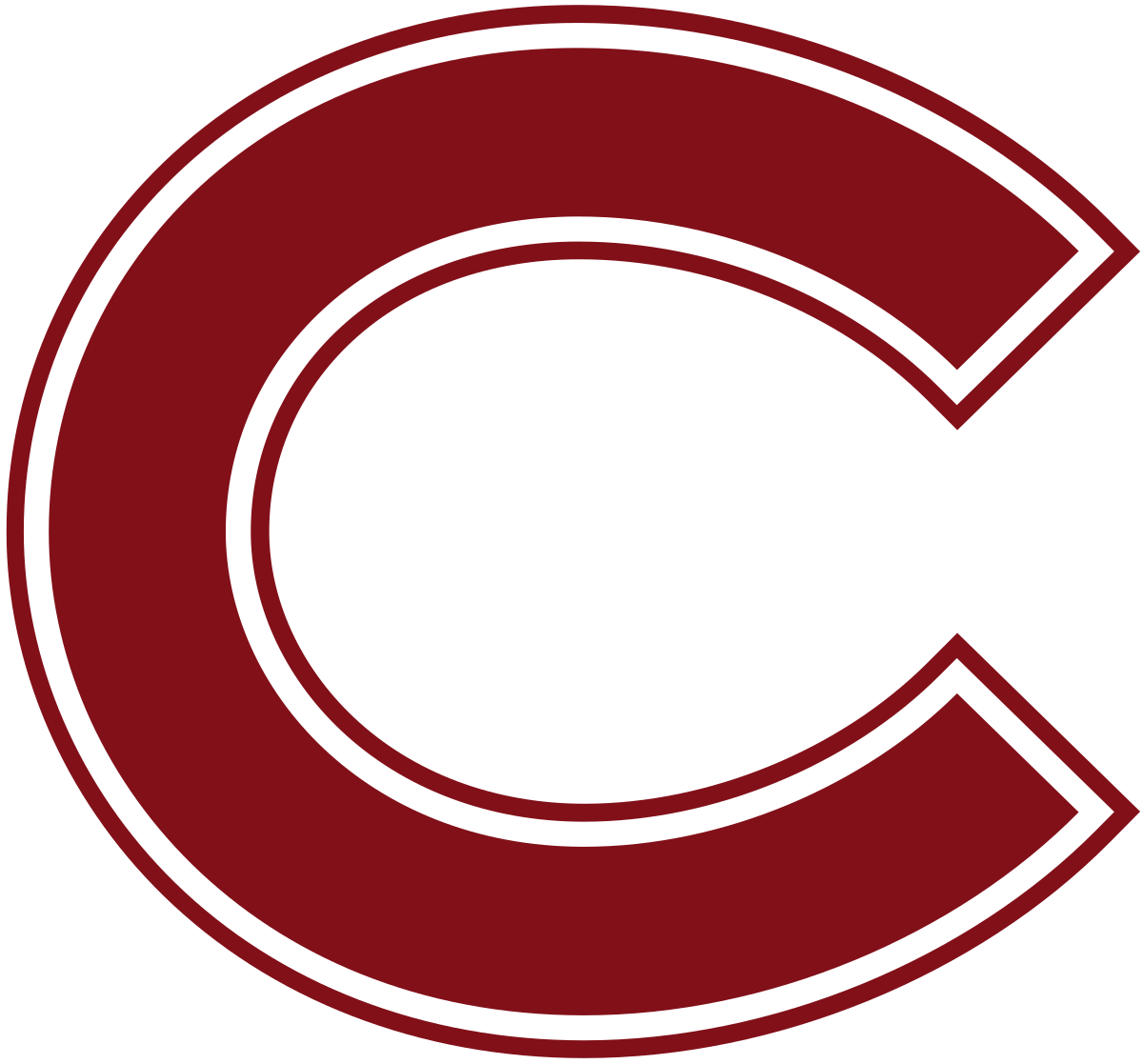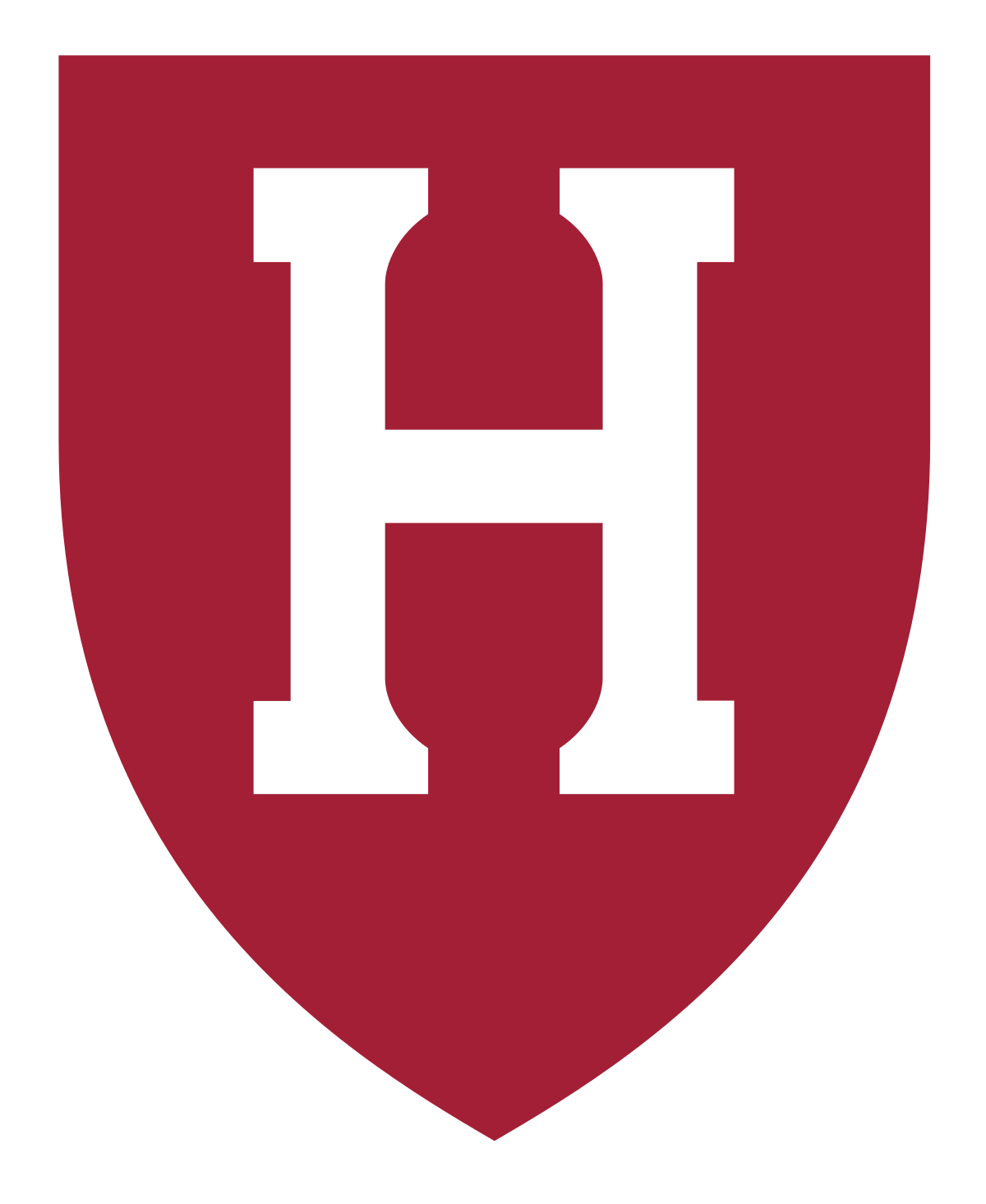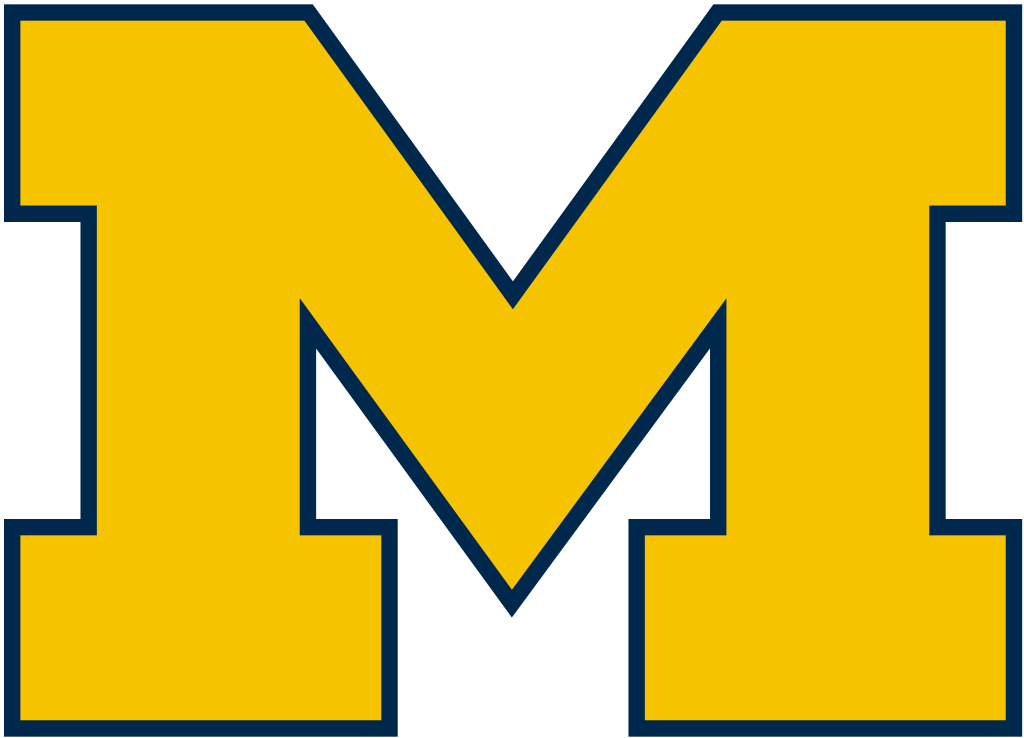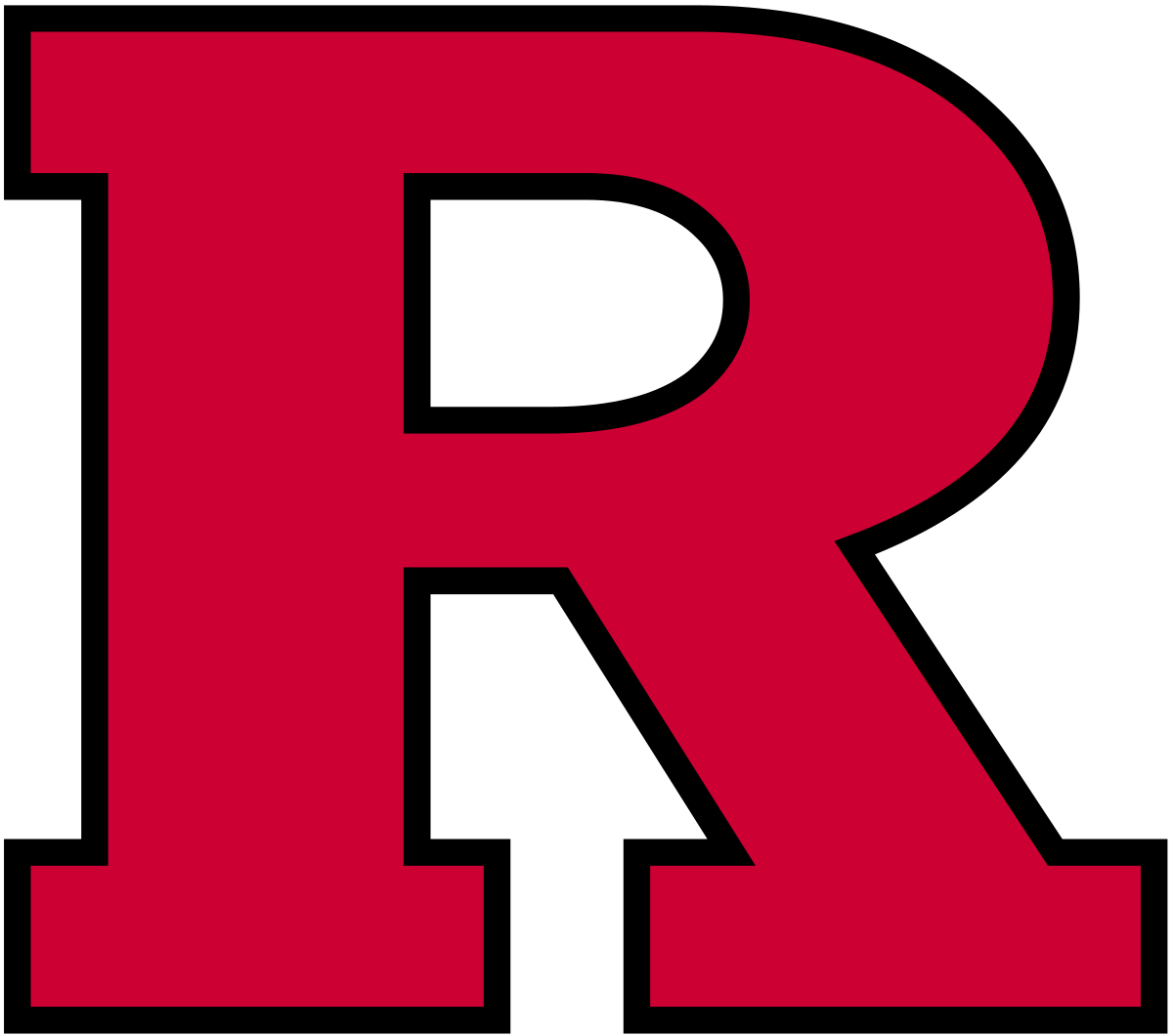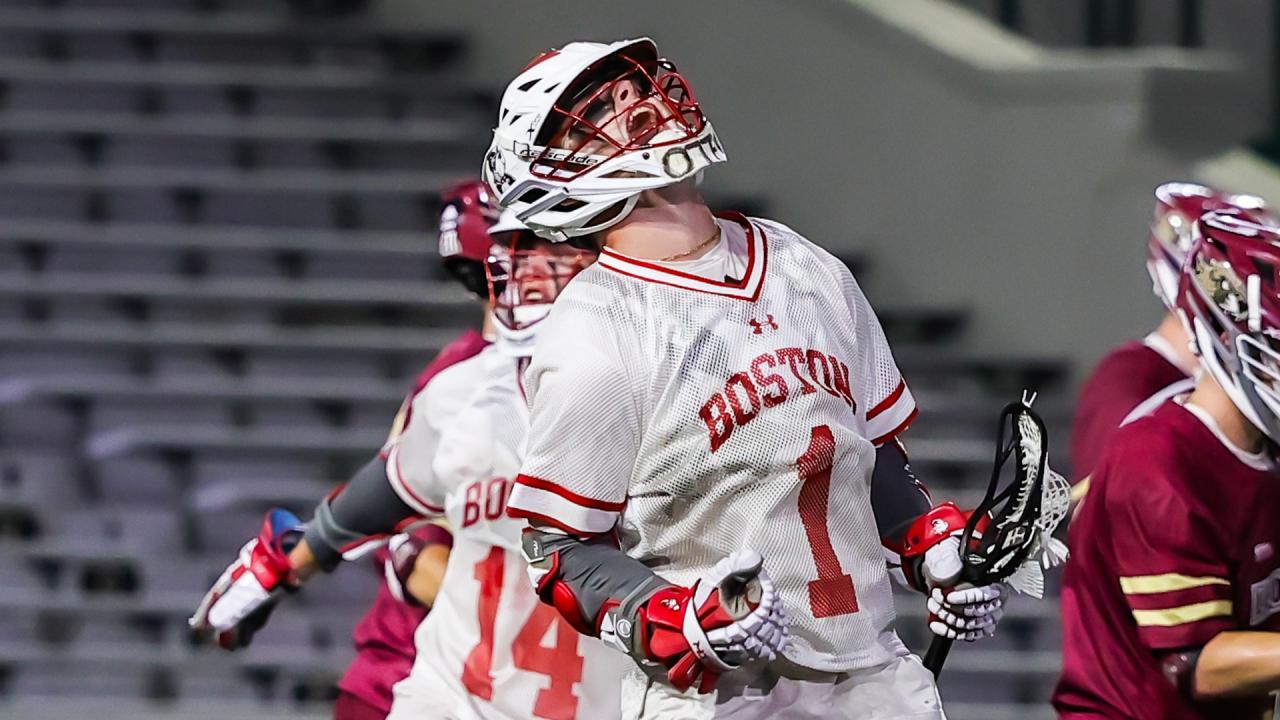
Season Rewind: Boston U Among Nation's Most Consistent Programs
Before USA Lacrosse Magazine looks ahead to what’s to come in 2026, our team of staff and contributors decided it was worth taking one last look at 2025.
After all, you have to look at the most recent results before making projections for what’s to come. To do that, we’re taking a journey through the top 30 teams in men’s and women’s lacrosse — what went right, what went wrong and what we should all think of that team’s season.
Was it a success? A failure? A mixture of both? You’ll find out our thoughts over the next week.
BOSTON U
USA Lacrosse preseason/postseason ranking: Unranked/No. 18
2025 record: 11-5 (6-2 Patriot)
What went right: Instead of taking even a slight step back after graduating a large group of fifth-year seniors who left a major imprint on the program, the Terriers actually improved their record (from 10-7) and returned to the Patriot League final. Jimmy Kohr (43G, 14A), Jimmy O’Connell (34G, 33A) and Patriot League rookie of the year Timothy Shannehan (32G, 29A) were fine offensive centerpieces, and Will Barnes (.575SV%) turned in a superb season in cage.
What went wrong: A year ago, Boston U was left rueing a wasted three-goal lead in what became an 11-10 loss to Lehigh in the Patriot League final. It wasn’t remotely as close this time around, as the Terriers never led in a 17-10 loss to Colgate on the final day of the season that left them on the outside of the postseason.
Season highlight: Beating Army for the fifth time in a row — all since 2022 — doubled as dealing the Black Knights their first loss of the season. The rest of the Patriot League has combined for four victories against Army in the last four seasons.
Verdict: Only six Division I teams have won at least 10 games in each of the last four seasons: Maryland, Duke, Georgetown, Army, Richmond — and Boston U, which has done it six times since 2017. The Terriers are at the point where they don’t do rebuilding seasons, an impressive feat for a program just a bit into its second decade of existence.
A little slippage might have been understandable this season, and it didn’t occur. At the same time, a shaky showing with an NCAA bid on the line will undoubtedly gnaw at Boston U throughout the offseason. But weighing nearly three months of work against one afternoon, it’s hard not to see this year as a success for the Terriers.
RUTGERS
USA Lacrosse preseason/postseason ranking: Unranked/No. 17
2025 record: 7-9 (2-3 Big Ten)
What went right: Sophomore goalie Cardin Stoller (.567SV%) did his job far more often than not. Former Union faceoff ace Matthew Paolatto adjusted seamlessly to Division I, winning 59.2 percent of his draws. Sophomore Colin Kurdyla (27G, 13A) handled the ample attention he received on offense as the clear-cut top option. Princeton transfer Joe Juengerkes was one of the nation’s top short-stick defensive midfielders. The Scarlet Knights crafted a rugged identity predicated on a methodical approach that, by the second half of the season, allowed them to stay in most games.
What went wrong: Kurdyla was the only player on the roster with more than 24 points, and while there were eight other Scarlet Knights with at least 10 points, it simply was not a dynamic offense. Rutgers shot 23 percent for the season and managed more than 11 goals just twice (against LIU and St. John’s). The search for offense was not an unexpected one after the graduation of Ross Scott and Shane Knobloch, but it still provided a fairly narrow avenue for achieving success.
Season highlight: The best Rutgers teams since the establishment of Big Ten lacrosse couldn’t figure out a way to beat Maryland. This one did, earning the Scarlet Knights’ first triumph over the Terrapins since 1980. Stoller made 14 saves as Rutgers built an early four-goal advantage and then smothered Maryland in an 8-6 victory. Toss in victories at Johns Hopkins and Michigan, the latter in the Big Ten tournament, and Brian Brecht’s bunch caused plenty of headaches to conference opponents.
Verdict: Rutgers averaged nine goals per game. Is that good? No, and the No. 62 national ranking in scoring offense reflects it. But the Scarlet Knights demonstrably got better over the course of the season, and arguably their two best players (Kurdyla and Stoller) were only sophomores. This is a team that should feel like it is on an upward arc, and it’s easy to like its defensive identity. But if there’s a step forward in the offing, much of the improvement has to come at the offensive end, since the Scarlet Knights’ defense came close to maxing out in 2025.
MICHIGAN
USA Lacrosse preseason/postseason ranking: No. 16/No. 16
2025 record: 7-7 (3-2 Big Ten)
What went right: Defenseman Pace Billings was every bit as good as expected after arriving from Princeton as a grad transfer. Aidan Mulholland scored 23 goals out of the midfield. Junior goalie Hunter Taylor made steady progress in his second year as a starter and fared better than his .528 season save percentage in five of six games against Big Ten opponents. Ryan Cohen (20G, 26A) produced his fourth 20-20 season and exited as the Wolverines’ career leader in assists (117).
What went wrong: The Wolverines’ faceoff deficit (43.8 percent for the season, 63rd in Division I), a penchant for too many turnovers (16.64 per game, tied for 42nd nationally) and middle-of-the-road shooting (28.8 percent) combined to limit Michigan’s ceiling. The last three years, Josh Zawada, Michael Boehm and Justin Tiernan took turns as 40-goal scorers, and Zawada (77 points in 2022), Boehm (73 points in 2023) and Cohen (71 points in 2024) all had monster years. The offense just wasn’t as dynamic, and it didn’t have the same possession advantage as recent years.
Season highlight: Even if Michigan’s season ended with an 11-8 loss to Rutgers in the Big Ten quarterfinals, there was still a victory over Maryland to celebrate. The Wolverines survived triple overtime to collect an 11-10 victory in College Park on March 22, becoming only the second program (along with 2014-17 Notre Dame) to beat a John Tillman-led Terrapins team four times in a row.
Verdict: In nine games against ACC and Big Ten opponents, Michigan averaged 8.22 goals. In that light, the Wolverines’ 3-6 record in those games was actually quite commendable. Michigan didn’t have enough offensive oomph to generate the late-season surge that carried it to back-to-back Big Ten tournament titles in 2023 and 2024, but it only got thumped twice (by North Carolina and Notre Dame). By the standards of the not-too-distant past, a .500 finish and a winning record in league play would constitute a modestly successful season in Ann Arbor.
But one of the byproducts of the Wolverines’ NCAA trips was to raise expectations, and this didn’t meet the standard of the last two seasons. Michigan’s competitiveness gives it a good place to start from as it looks to reinvigorate its offense (minus the graduated Cohen and Mulholland) in 2026.
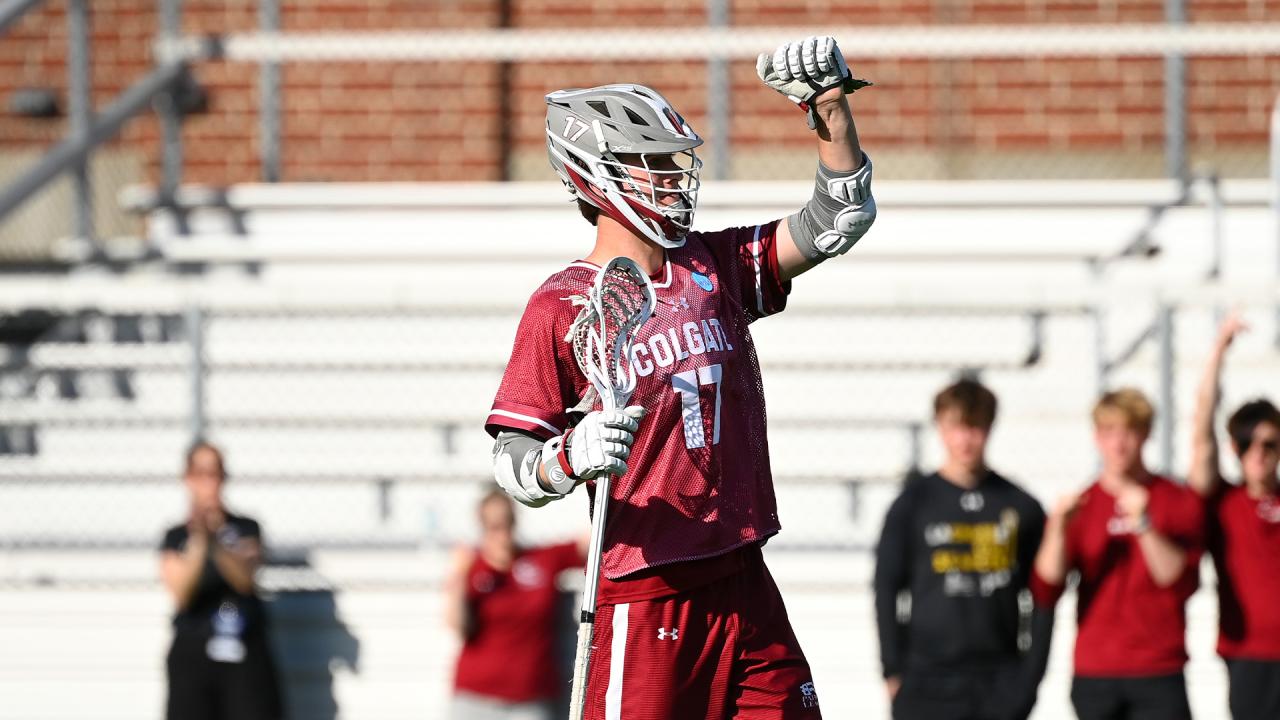
TOWSON
USA Lacrosse preseason/postseason ranking: No. 11/No. 15
2025 record: 11-6 (7-0 CAA)
What went right: Mikey Weisshaar had the ball in his stick even more after moving to attack, finishing with 48 goals and 24 assists. Ronan Fitzpatrick (43G, 11A) was a superb finisher as a redshirt freshman. Joe Petro was an anchor for a defense that helped the Tigers run through the CAA without a loss for the second year in a row. Towson went 7-1 in games decided by three goals or less, with all of the victories coming during a 10-game winning streak that vaulted Shawn Nadelen’s team into the NCAA tournament for the second year in a row.
What went wrong: The Tigers sputtered against the ambitious schedule Nadelen built — justifiably, considering how much production returned from 2024 — and opened the year in an 0-4 hole. Opponents shot 31 percent, and Towson’s goalies managed just a .453 save percentage. Those issues were minimized during conference play, but the Tigers allowed Princeton to shoot 52.4 percent as their season ended in the first round of the NCAA tournament.
Season highlight: Hoisting another CAA title. Towson met that preseason expectation by surviving Hofstra on Bode Maurer’s overtime goal in the conference semifinals and then getting five goals from Fitzpatrick two days later against Drexel to pin down the program’s seventh NCAA berth since 2013.
Verdict: Towson never flirted with being a top-10 team, and in retrospect, that preseason placement was a bit too ambitious. But the Tigers won a bunch of tight games and emerged from their CAA slate unscathed again to back up last year’s NCAA berth. After struggling in the COVID era, Towson owns consecutive league titles and is firmly ensconced as the class of the conference until proven otherwise.
COLGATE
USA Lacrosse preseason/postseason ranking: Also considered/No. 14
2025 record: 10-8 (4-4 Patriot)
What went right: The short version: A five-game winning streak early and a three-game winning streak at just the right time — in a six-day span in the Patriot League tournament. The longer version is the Raiders’ frenetic style, including the use of the 10-man ride, generated enough extra possessions to get the ball to brothers Liam (39G, 51A) and Rory Connor (49G, 33A). Jack Turner (56G, 11A) and Hunter Drouin (32G, 16A) also had exceptional seasons for Colgate, which returned to the NCAA tournament for the first time in a decade.
What went wrong: Colgate faced off at just 43.1 percent, which ranked 65th of 77 Division I teams. The Raiders were not the most consistent bunch, dropping four of five between mid-March and mid-April before recalibrating down the stretch.
Season highlight: The Patriot League tournament. The Raiders torched Army’s postseason hopes by earning a 16-13 victory in the semifinals, then clobbered Boston U 17-10 as Drouin had four goals and two assists and faceoff man Kyle Rummel (17 of 29) had arguably his best day of the season at a perfect time.
Verdict: Colgate’s mantra during coach Matt Karweck’s tenure has revolved around grit, growth and gratitude, and all three were on display this season. The Raiders played only four home games and won a pair of contests that had to be relocated from Hamilton because of lousy weather. In addition to that grit, Colgate figured out how to retool its season after a midyear wobble, growing enough to figure out how to play its best in May. And it’s hard to imagine there wouldn’t be gratitude for the opportunity to play in the NCAA tournament — which Colgate flirted with making a multi-weekend stay before falling 13-11 at Penn State after holding a fourth-quarter lead.
HARVARD
USA Lacrosse preseason/postseason ranking: No. 18/No. 13
2025 record: 10-5 (4-2 Ivy)
What went right: Sam King (37G, 29A) was a Tewaaraton Award finalist, and sophomore Jack Speidell (46G, 13A) established himself as the Crimson’s next great central figure on offense. Seven upperclassmen scored at least 10 goals, and Harvard shot a torrid 32.4 percent as a team to rank fourth nationally in the category. Harvard bagged a high-end victory in February when it won at Syracuse, and it avoided any missteps the rest of the way that could possibly cost it an NCAA tournament berth.
What went wrong: Harvard finished 74th out of 77 teams nationally in faceoff percentage, besting only Iona (a first-year program), Mercyhurst (a team in its first year up from Division II) and Hampton (which was winless). The Crimson overcame that issue for much of the year, but going 4 of 29 in an NCAA tournament loss at Syracuse helped open the door for the Orange to erase a five-goal deficit in the final 11 minutes of regulation and eventually win in overtime.
Season highlight: The first game against Syracuse, a 15-14 victory, ignited a four-game winning streak that established favorable position for finding a way into the postseason for the second time in four years that held up for the rest of the spring. Teddy Malone scored four games in that Feb. 22 victory in the Dome.
Verdict: Relative to outside expectations, it was a good year for Harvard. It got to the NCAA tournament for the second time in coach Gerry Byrne’s tenure, and it was in every game in the fourth quarter (save for a 20-12 loss to Cornell on April 19).
But the Crimson experienced a crushing end, outplaying Syracuse for more than three quarters to close in on the program’s first NCAA tournament victory since 1996. But the Orange’s five-goal flurry in a span of 99 seconds wiped out Harvard’s advantage, and it wound up with an overtime loss rather than a second victory at Syracuse — something no team has done in one season since the Onondaga Nation in 1918.
Patrick Stevens
Patrick Stevens has covered college sports for 25 years. His work also appears in The Washington Post, Blue Ribbon College Basketball Yearbook and other outlets. He's provided coverage of Division I men's lacrosse to USA Lacrosse Magazine since 2010.

Related Articles


